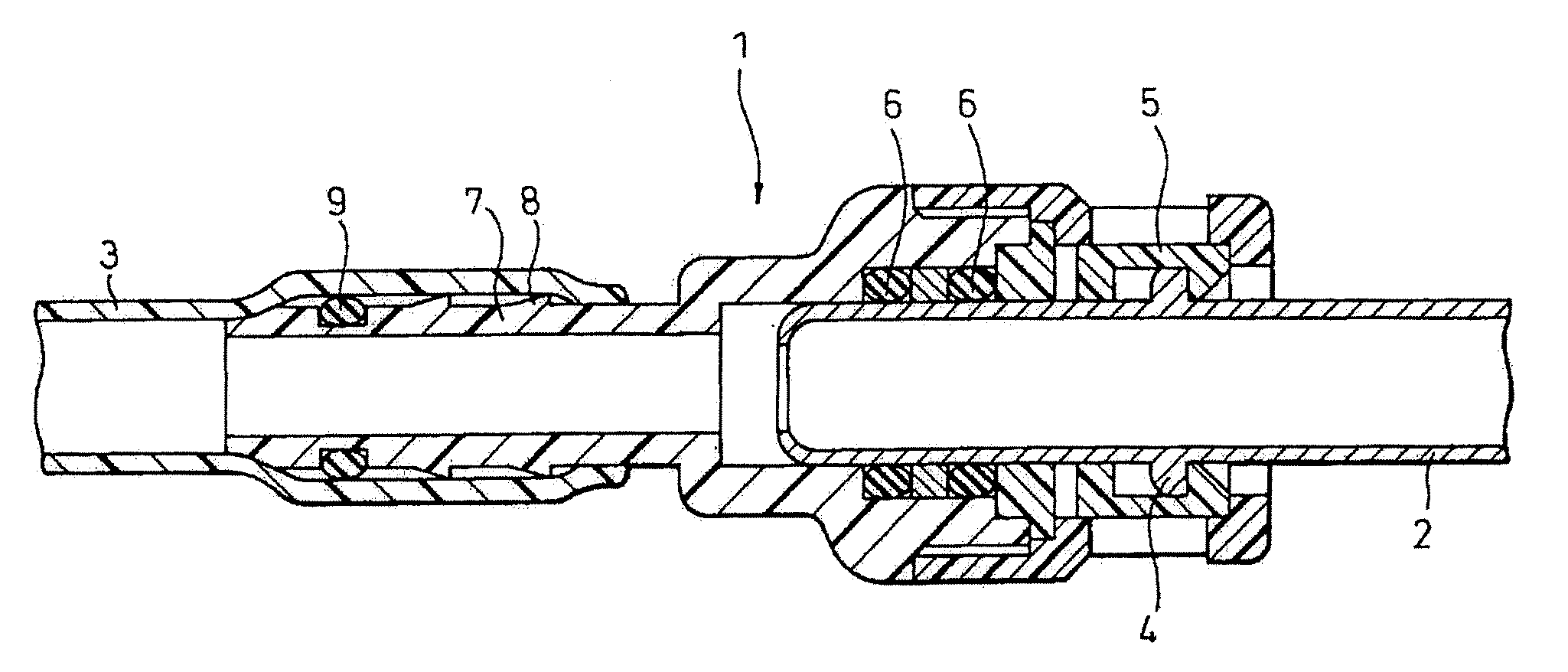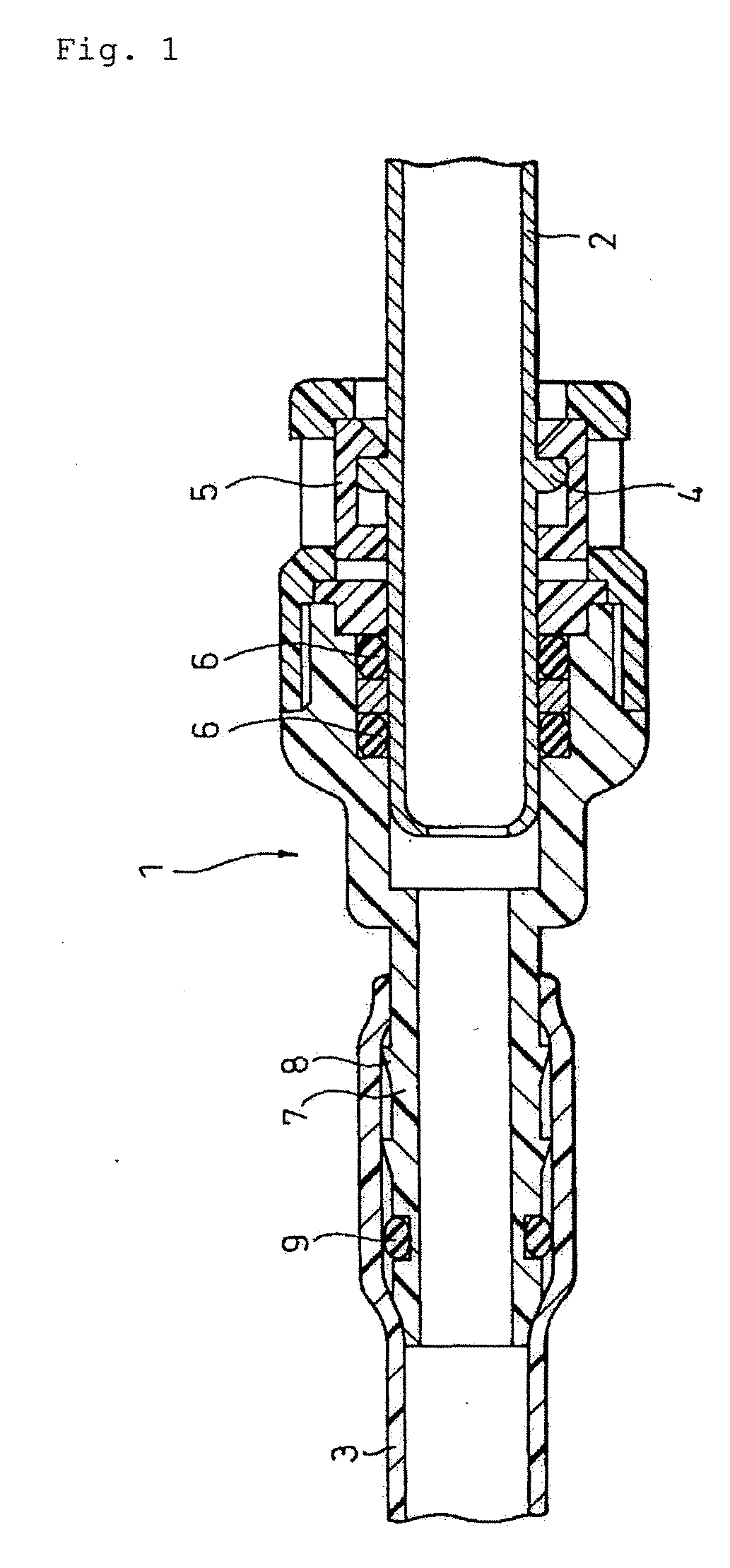Semi-aromatic polyamide resin
- Summary
- Abstract
- Description
- Claims
- Application Information
AI Technical Summary
Benefits of technology
Problems solved by technology
Method used
Image
Examples
example 1
Manufacturing Example 1 Manufacturing of Polyamide Resin Composition (A-1)
[0196]100 parts by mass of PA9T-1 dried at 120° C. under reduced pressure for 14 hours and 25 parts by mass of maleic anhydride-modified ethylene-propylene copolymer (T7761P, product of JSR Corporation) were extruded in a molten state by means of a twin screw extruder (screw diameter: 30 mm, L / D=28, cylinder temperature: 330° C., rotating speed: 150 rpm), whereby a pelletized polyamide resin composition (A-1) was obtained.
example 2
Manufacturing Example 2 Manufacturing of Polyamide Resin Composition (A-2)
[0197]The same procedure as in Manufacturing Example 1 was repeated except that PA9T-1 was replaced with PA9T-2, thereby obtaining a polyamide resin composition (A-2).
example 3
Manufacturing Example 3 Manufacturing of Polyamide Resin Composition (A-3)
[0198]The same procedure as in Manufacturing Example 1 was repeated except that PA9T-1 was replaced with PA9T-4, thereby obtaining a polyamide resin composition (A-3).
Manufacturing Example 4 Manufacturing of Polyamide Resin Composition (A-4)
[0199]The same procedure as in Manufacturing Example 1 was repeated except that PA9T-1 was replaced with PA9T-5, thereby obtaining a polyamide resin composition (A-4).
Manufacturing Example 5 Manufacturing of Polyamide Resin Composition (A-5)
[0200]The same procedure as in Manufacturing Example 1 was repeated except that PA9T-1 was replaced with PA9T-6, thereby obtaining a polyamide resin composition (A-5).
Manufacturing Example 6 Manufacturing of Polyamide Resin Composition (A-6)
[0201]The same procedure as in Manufacturing Example 1 was repeated except that PA9T-1 was replaced with PA9T-7, thereby obtaining a polyamide resin composition (A-6).
Manufacturing Example 7 Manufactu...
PUM
| Property | Measurement | Unit |
|---|---|---|
| Fraction | aaaaa | aaaaa |
| Percent by mass | aaaaa | aaaaa |
| Percent by mass | aaaaa | aaaaa |
Abstract
Description
Claims
Application Information
 Login to View More
Login to View More - R&D
- Intellectual Property
- Life Sciences
- Materials
- Tech Scout
- Unparalleled Data Quality
- Higher Quality Content
- 60% Fewer Hallucinations
Browse by: Latest US Patents, China's latest patents, Technical Efficacy Thesaurus, Application Domain, Technology Topic, Popular Technical Reports.
© 2025 PatSnap. All rights reserved.Legal|Privacy policy|Modern Slavery Act Transparency Statement|Sitemap|About US| Contact US: help@patsnap.com


